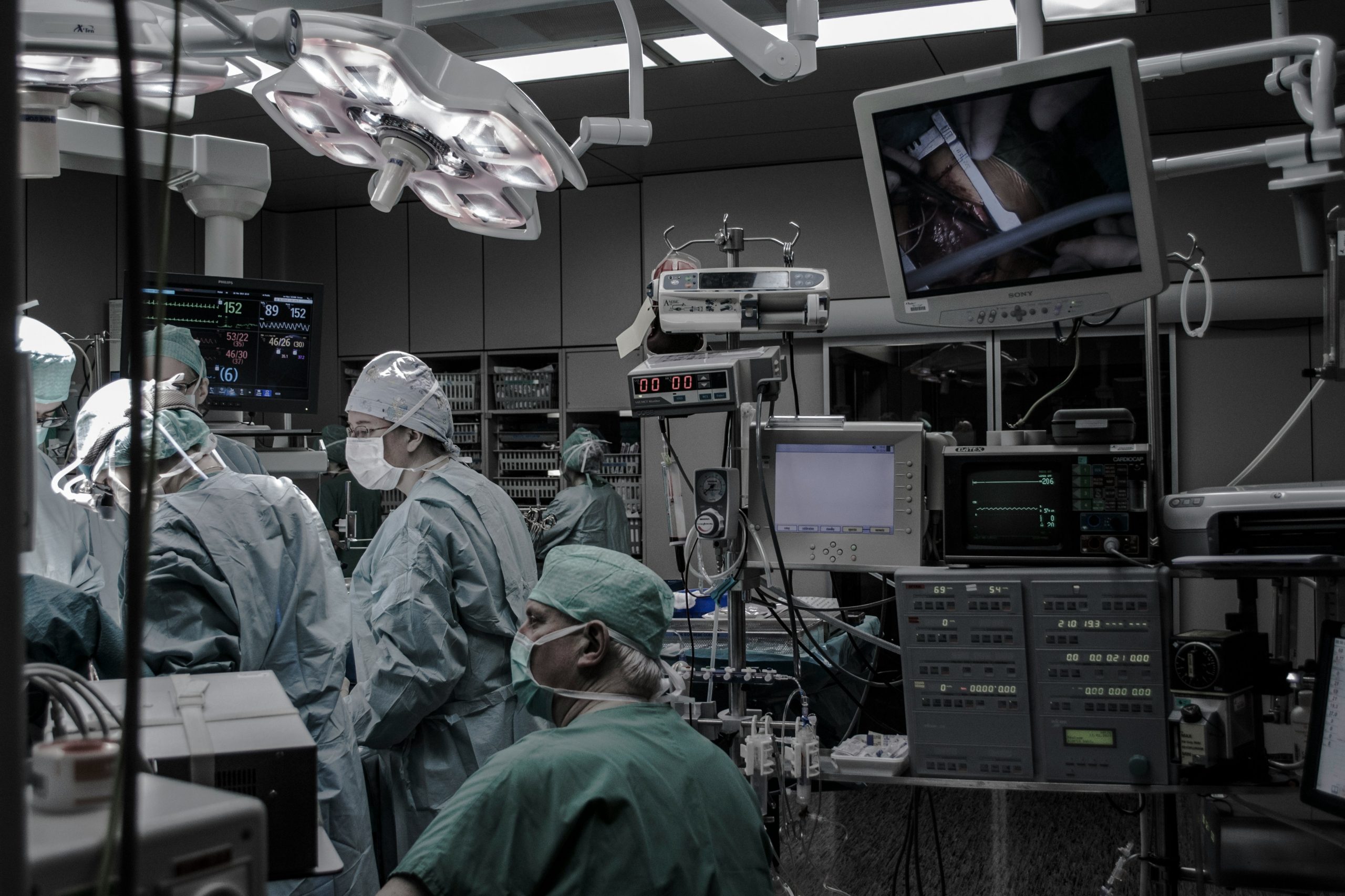
As healthcare’s horizon expands, leadership in robotics and minimally invasive surgery is emerging as a pivotal area of focus. This frontier is not just transforming surgical practices but also reshaping the paradigms of medical treatment and patient care. The future of healthcare hinges on the advancements in these technologies and the visionary leaders who drive them. This article explores how leadership in robotics and minimally invasive surgery sets the stage for a revolutionary approach to healthcare.
A New Era of Surgical Precision and Efficiency
The advent of robotics in surgery represents one of medical history’s most significant technological leaps. Robotic systems provide surgeons with enhanced precision, superior dexterity, and greater control, making complex surgeries not only possible but also more successful. These advanced technologies facilitate minimally invasive techniques, which offer patients significantly reduced recovery times, less pain, and a lower risk of infection.
Transformative Leadership in Surgical Robotics
At the core of this revolution are the leaders who embrace these new technologies and pioneer their integration into clinical practice. These leaders are not just surgeons but also innovators, educators, and policymakers. They are tasked with envisioning the future of surgical procedures and implementing frameworks that accommodate rapid technological growth.
Innovation and Adaptation
Leading figures in robotics continuously push the boundaries of what these tools can achieve. From refining robotic arms to enhancing software that can predict surgical outcomes. Leadership in this field is deeply involved in technological advancement and its practical application.
Training and Mentorship
With great technology comes the need for great skill. Leaders in robotic surgery also focus on training the next generation of surgeons, ensuring they are proficient in the latest technologies. Comprehensive training programs, simulation-based learning, and hands-on workshops are essential in cultivating a workforce that can effectively utilize these advancements.
Policy and Healthcare Integration
Visionary leaders also work on integrating these advanced surgical techniques into existing healthcare systems. This involves policy-making that supports adopting robotic technologies securing funding, ensuring ethical practices, and promoting equitable access to these revolutionary treatments.
The Role of Minimally Invasive Techniques in Modern Healthcare
Minimally invasive surgery (MIS) has evolved parallel to robotic advancements. MIS techniques, such as laparoscopy, endoscopy, and keyhole surgery, involve making smaller incisions or using natural body openings, which leads to less body trauma and faster recovery.
Expanding the Scope of Minimally Invasive Procedures
Leaders in MIS are not only practicing surgeons but also key advocates for the method. They explore new areas where MIS can be applied, from complex cardiovascular procedures to delicate neurosurgeries. Their leadership extends into research, where they develop new tools and techniques to expand the applicability of MIS.
Patient-Centered Care
The commitment to patient-centered care is at the heart of MIS. Leaders in this field prioritize the patient experience, striving to reduce pain, speed up recovery, and minimize the psychological impact of surgery. This patient-first approach drives continuous improvement in surgical methods and outcomes.
Global Health Impact
The principles of MIS are also being leveraged to improve surgical care globally, especially in developing countries with limited healthcare resources. Leaders in this field work with international health organizations to train local surgeons, donate equipment, and establish guidelines that make MIS a viable option worldwide.
Challenges and Future Directions
Integrating robotics and MIS into mainstream healthcare is challenging. These include the high cost of technology, the need for specialized training, and the ongoing need to balance innovation with patient safety.
Navigating the Cost of Innovation
One of the primary challenges is the expense associated with robotic surgery systems and the training required to operate them. Leaders in this field advocate for cost-effective solutions, such as scalable technology models that can be adopted in various healthcare settings, including smaller or resource-limited institutions.
Ethical and Regulatory Considerations
As surgery becomes more technologically driven, ethical and regulatory issues emerge. Leaders must navigate the complexities of patient privacy, data security, and the potential for technological malfunction or misuse. Developing robust regulatory frameworks that keep pace with technological advancements is crucial.
The future of healthcare is significantly shaped by the leaders in robotics and minimally invasive surgery. These leaders promise a landscape where surgical treatments are less invasive, more effective, and accessible. These leaders are not just navigating current technologies but are also shaping the future, ensuring that the benefits of their innovations extend across society. Their visionary approach is to harness and direct the potential of these technologies. This ensures that healthcare continues to evolve, offering better outcomes for patients worldwide.